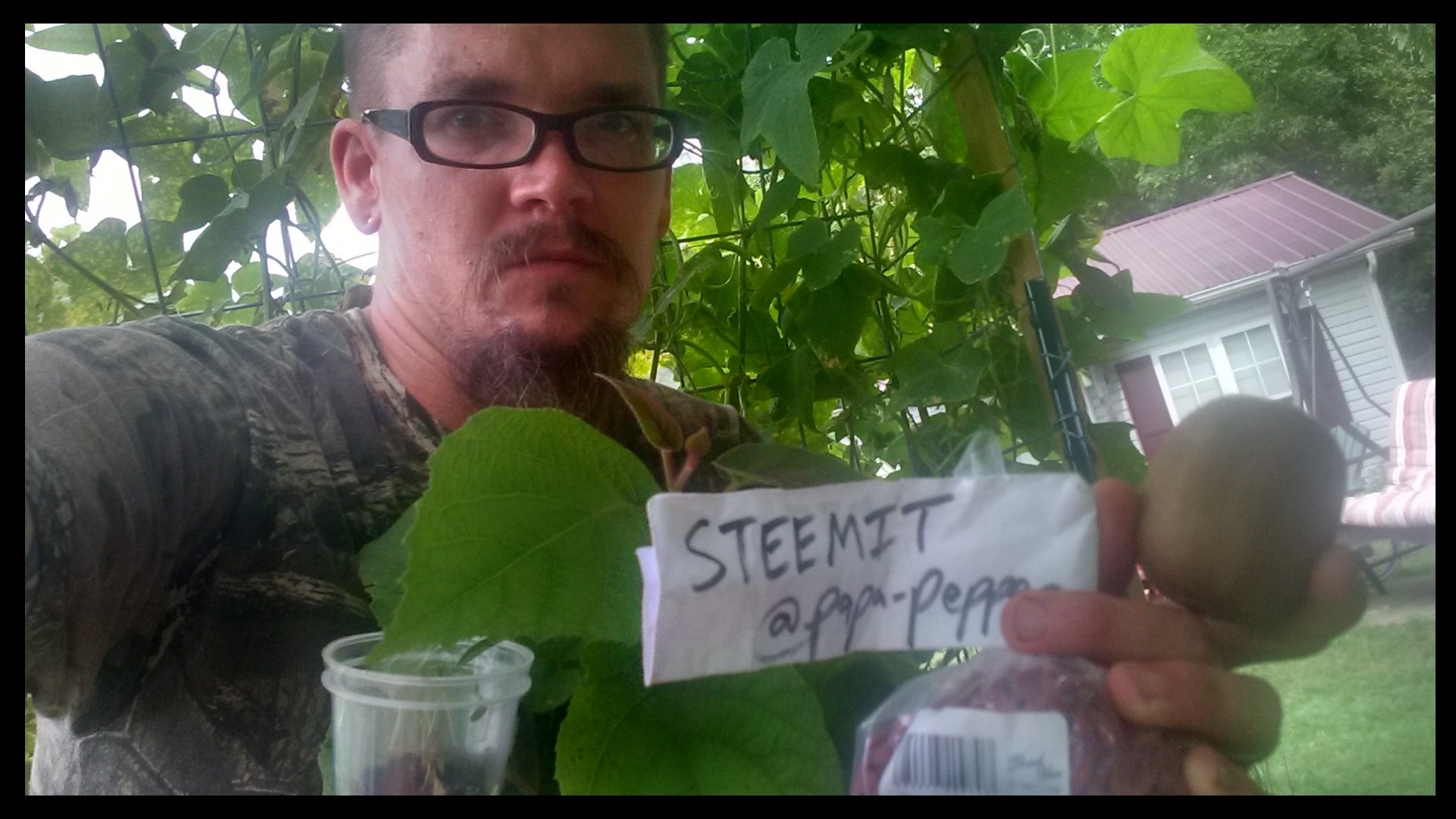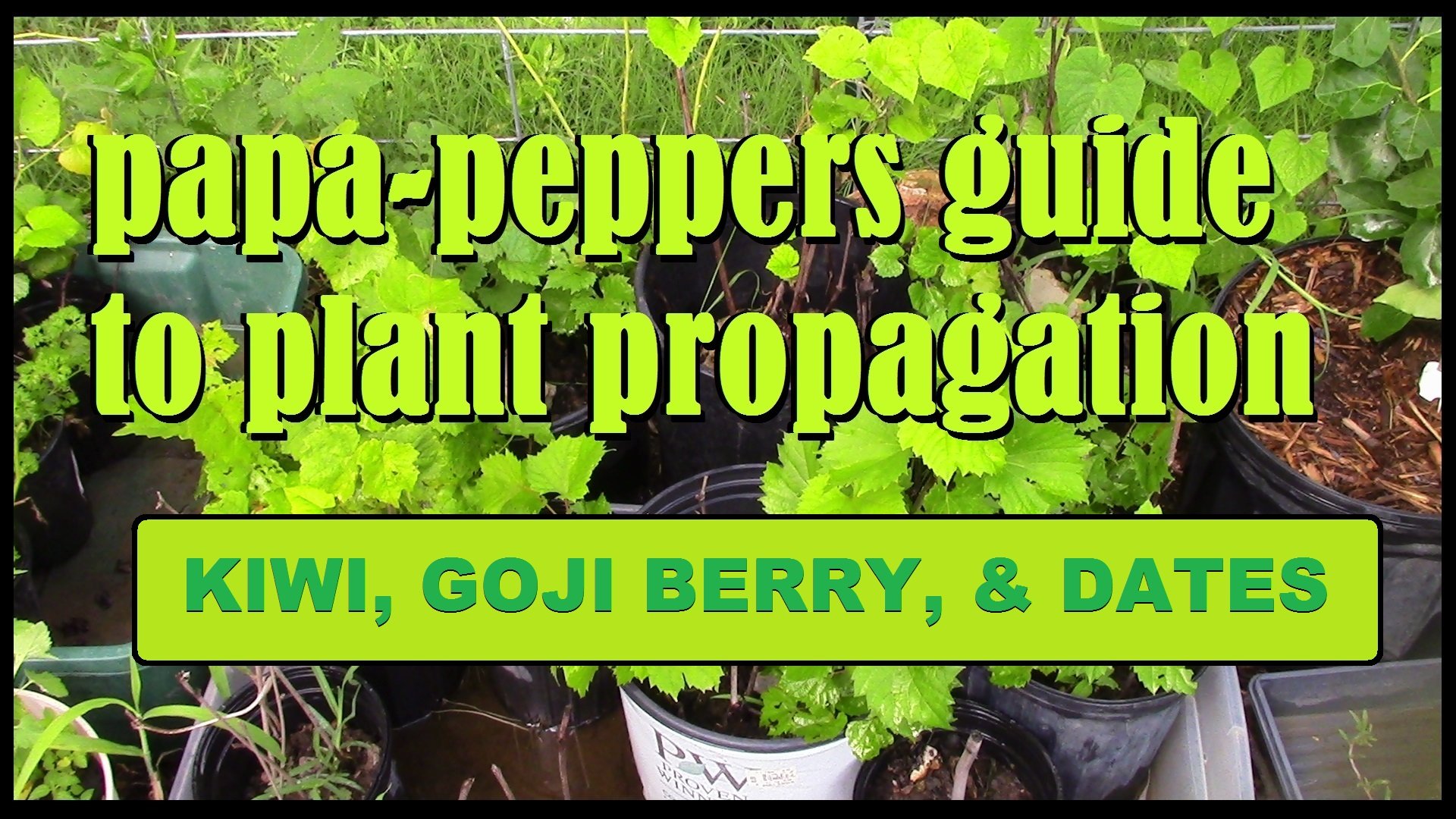
Cultivating plants can be a fun and fruitful activity for anyone, whether it is done simply as a hobby or as an occupation. (I’ll post about the potential occupational aspect of it in the near future.) Since we all need food, we’ll have to acquire that food one way or another, and many are choosing to grow their own. Whenever possible, I prefer to grow my own fruits and vegetables rather than growing them.
SEEDS
Are seeds really a means of “plant propagation”. Technically, by definition, yes. Simply planting a seed in the soil is a means of not only hopefully getting a plant to grow, but also perhaps some food. Many options exist for how to obtain the seeds in the first place. (One option is entering my seed giveaways for the Chinese Red Noodle Bean and the Kiwano).
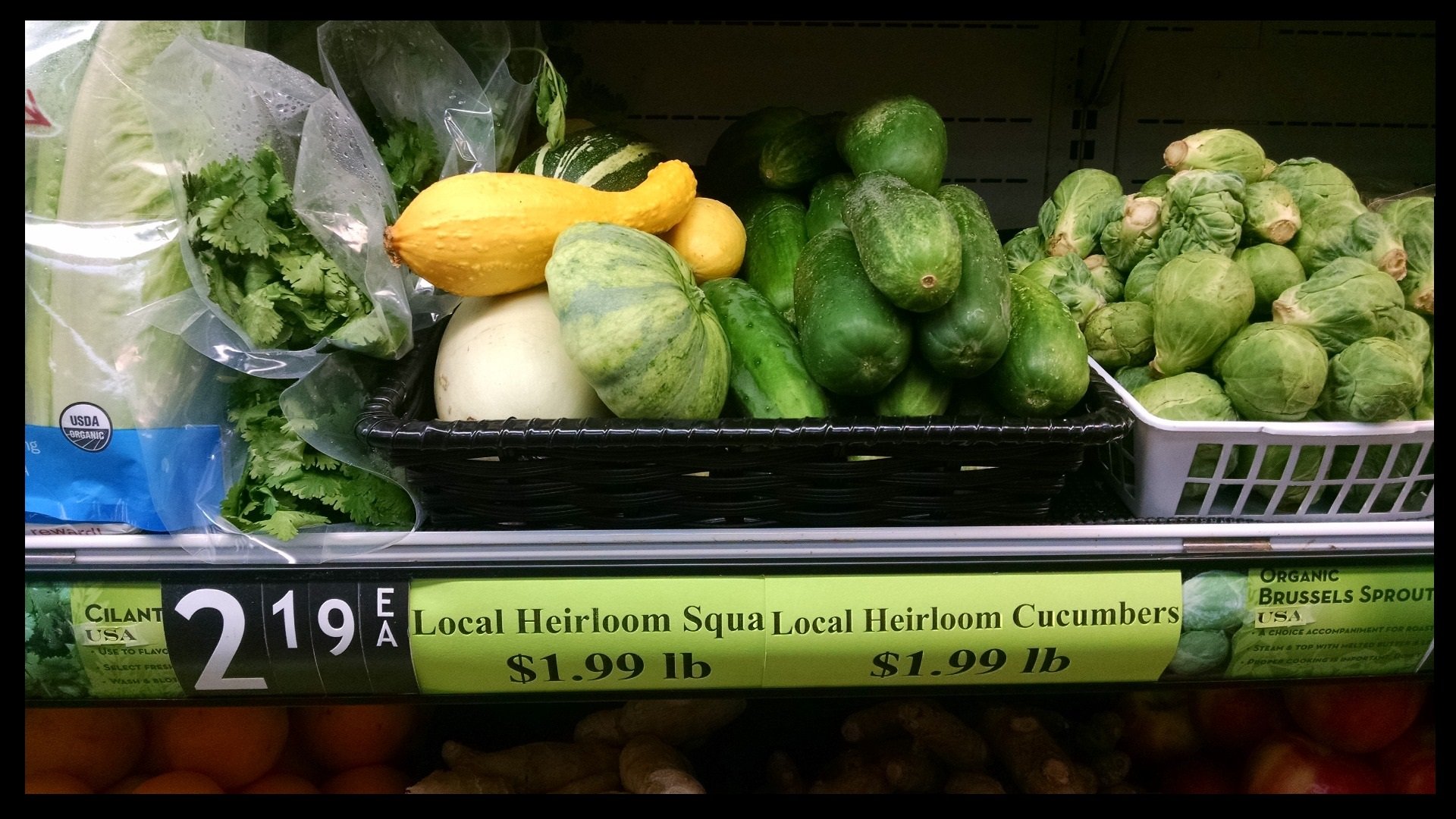
Whenever possible, I try to cut costs, so saving seeds is a great way to get some seeds from this year’s food that can be used next year. When you see a sign like the one above at a local store, or when you buy produce from a Farmers Market, you’ll immediate be able to tell two things. First, the plant that produced that food can grow in your area. (Perhaps it was from a greenhouse, but the greenhouse was in your area.) Secondly, there is a market for that type of produce in your area. (We’ll cover that in a later post.) When you notice words like “local” and “heirloom”, that’s good news. Local is good because you’re local too. Heirloom is good because that means it is non-GMO. Farmers and heirloom growers will often save the seeds from the plants this year to plant again next year. You can do the same thing. If you like the food enough to buy it and eat it, why throw away the seeds?
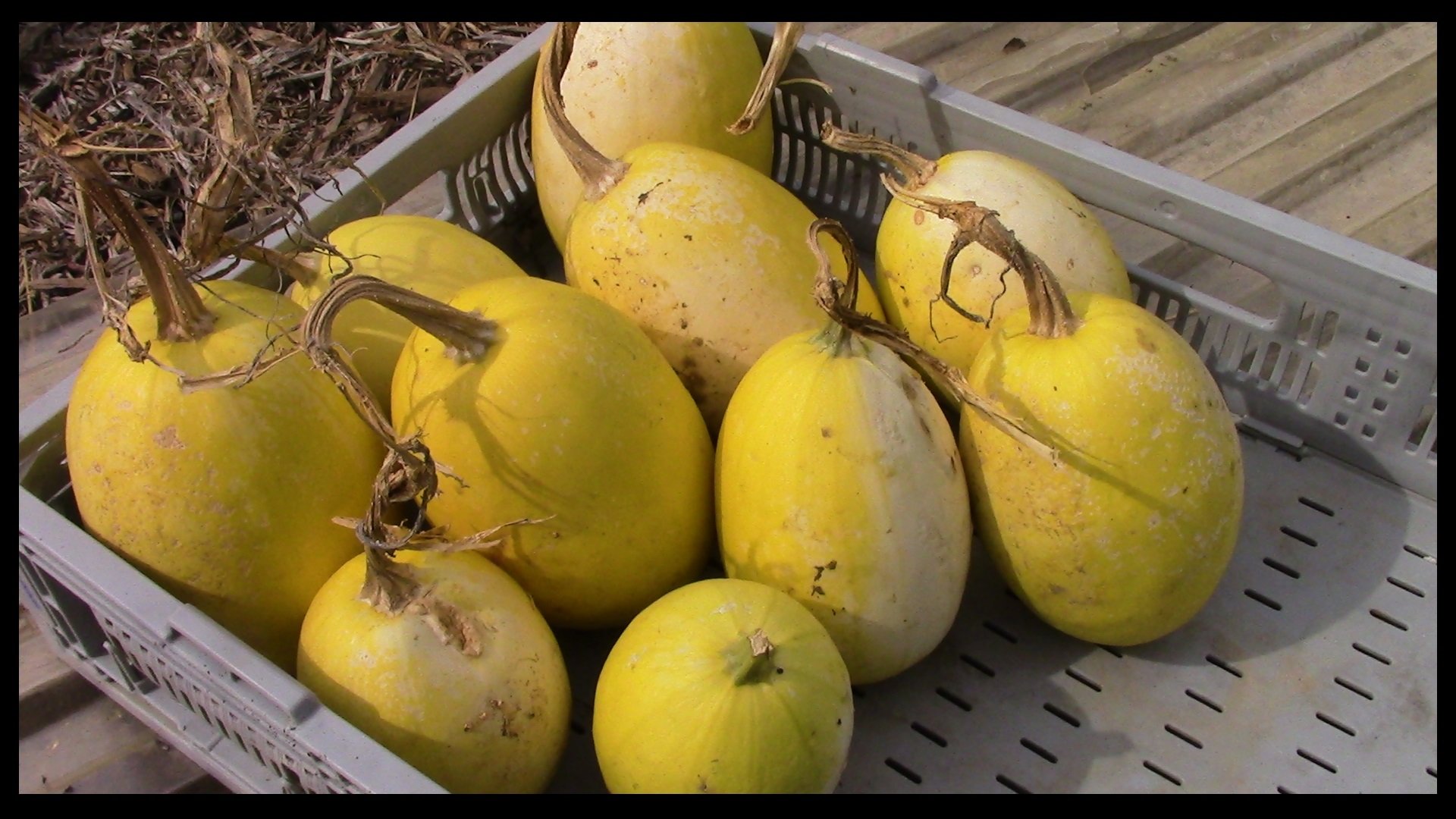
These Spaghetti Squash were grown this year in Arkansas from seeds we saved last year in Wisconsin. Originally, we got the first seeds inside some Spaghetti Squash we bought at a local Farmers Market. Now, when we make a recipe that calls for Spaghetti Squash, not only do we pick our own from the garden, we save the seeds that we would have normally discarded.
The following are three plants that we are now growing from seeds taken out of food that we were eating anyway.
KIWI
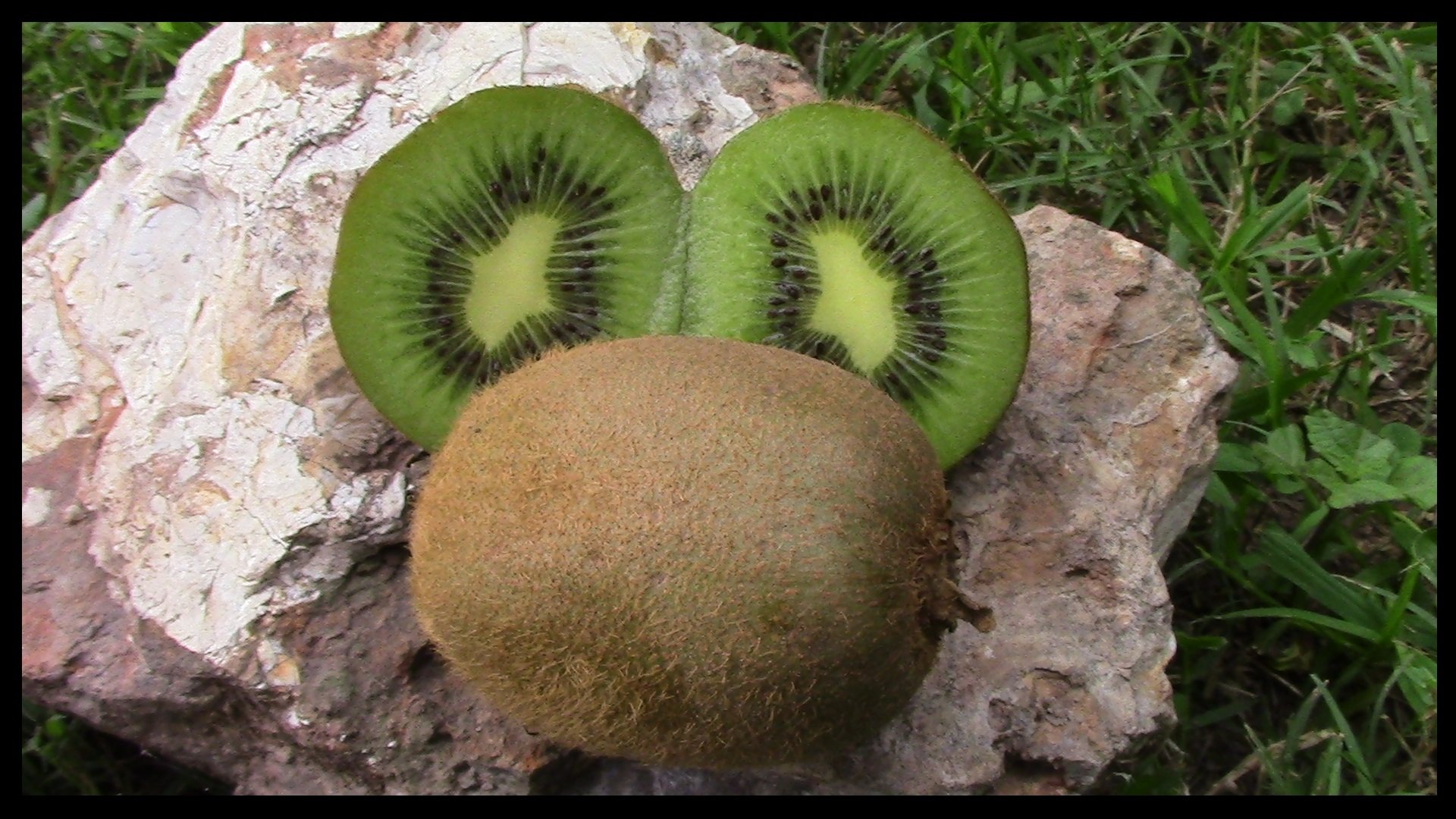
Those delicious fuzz-covered little fruits have always been a personal favorite of mine. Since we are now down on the edge of Growing Zone 7, we might be able to grow the vines that produce this fruit ourselves. There are also Cold Hardy Kiwi plants that can be grown much farther north, though the fruits are smaller and lack the fuzzy skin. If you see some of these at the store, I’d recommend buying them and planting the seeds.
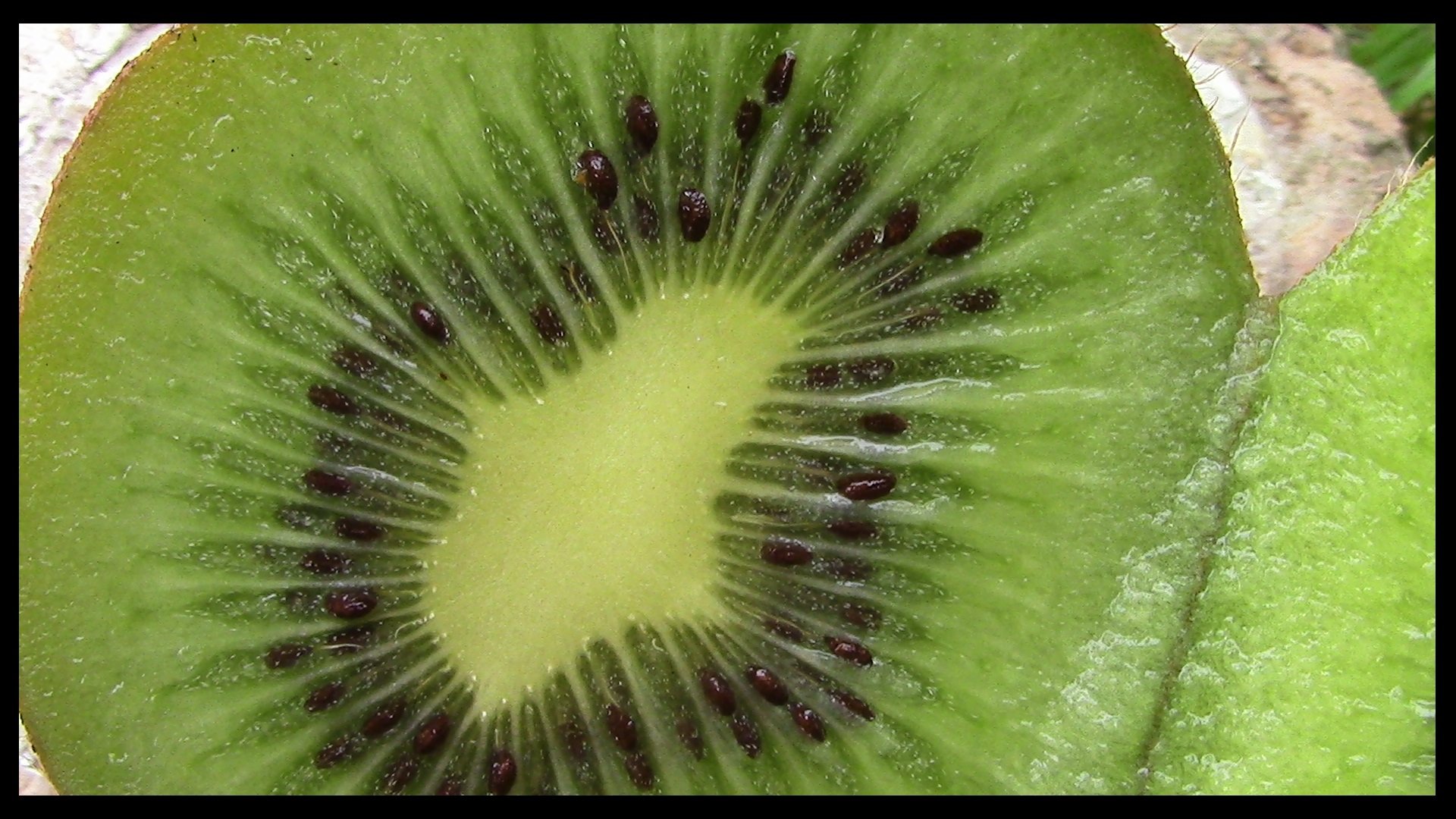
Each one of these tiny black seeds has the potential to turn into a massive vine that could produce pounds of fruit. Kiwis usually have both male and female plants, and one male can usually pollinate about four or five females. This means that for fruit, you’ll need at least two plants, assuming that you have one of each gender.
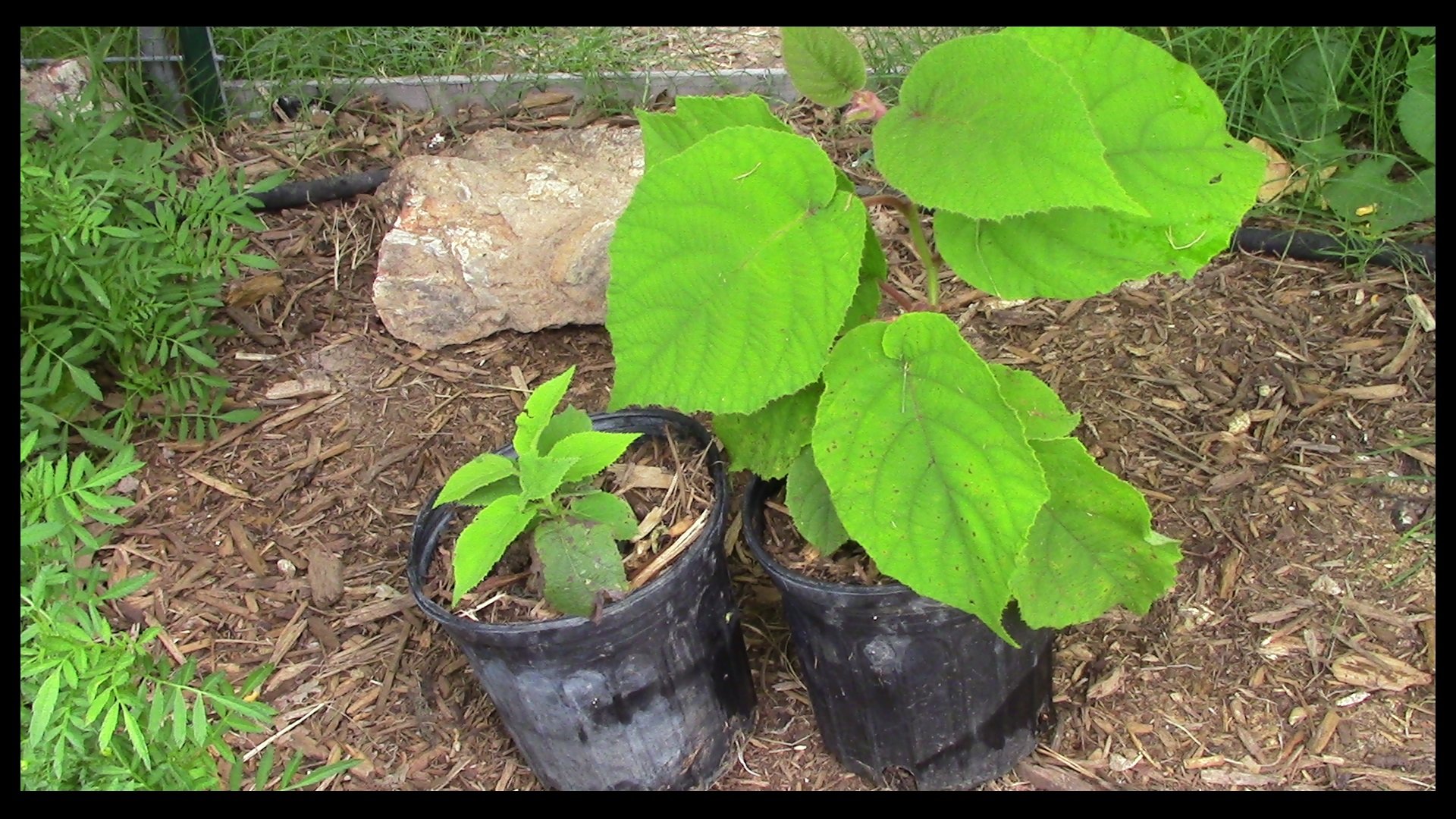
These are two that are growing from the seeds we planted last winter. Once the vines are established, you can propagate them by cuttings as well, so just two seeds could eventually turn into a field full of vines. Whether or not these work out and produce fruit will have to be determined in the future.
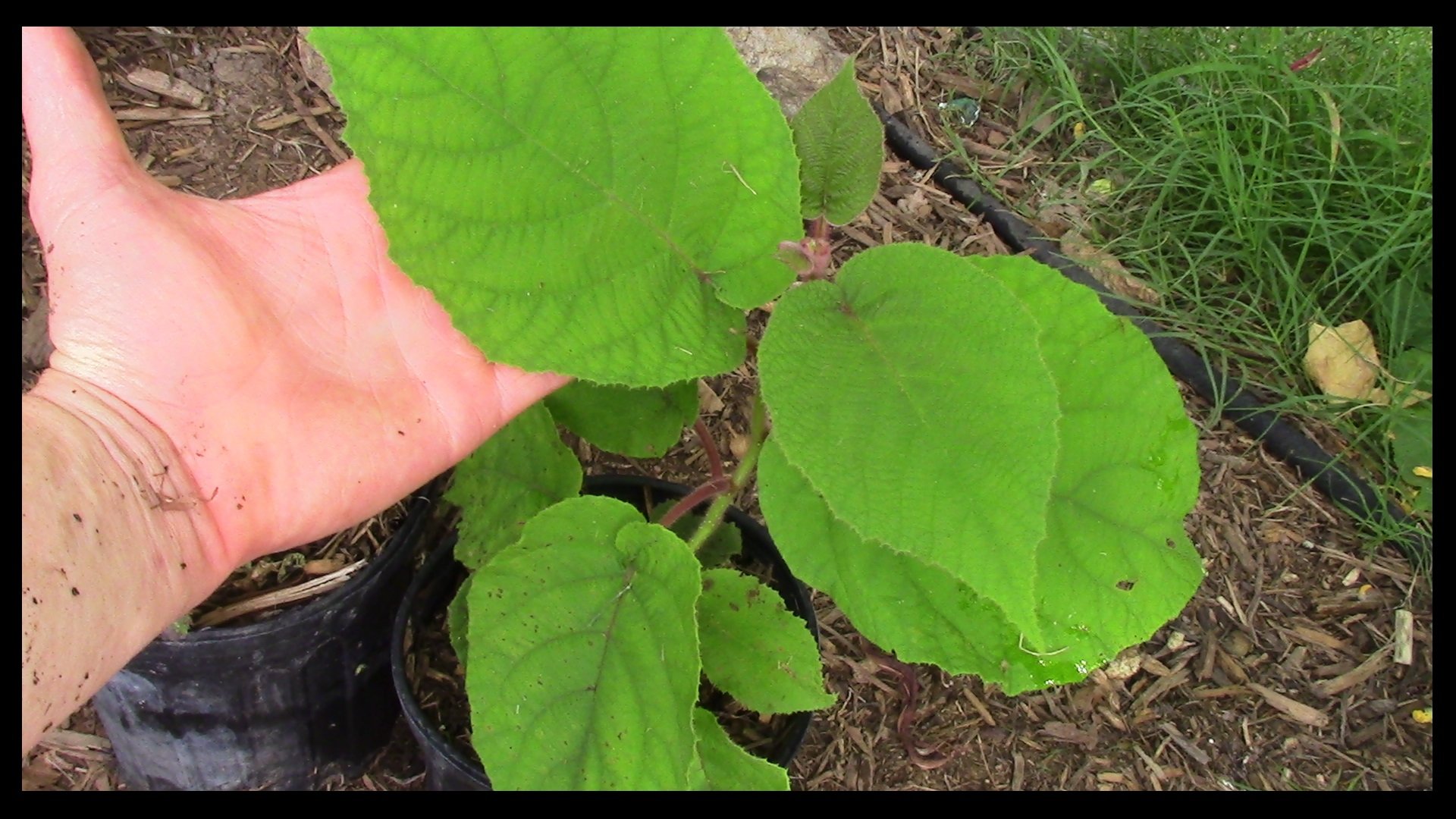
For now, they appear to be doing well. Our only investment was a little time together as a family playing in the dirt and eating some food.
GOJI BERRY
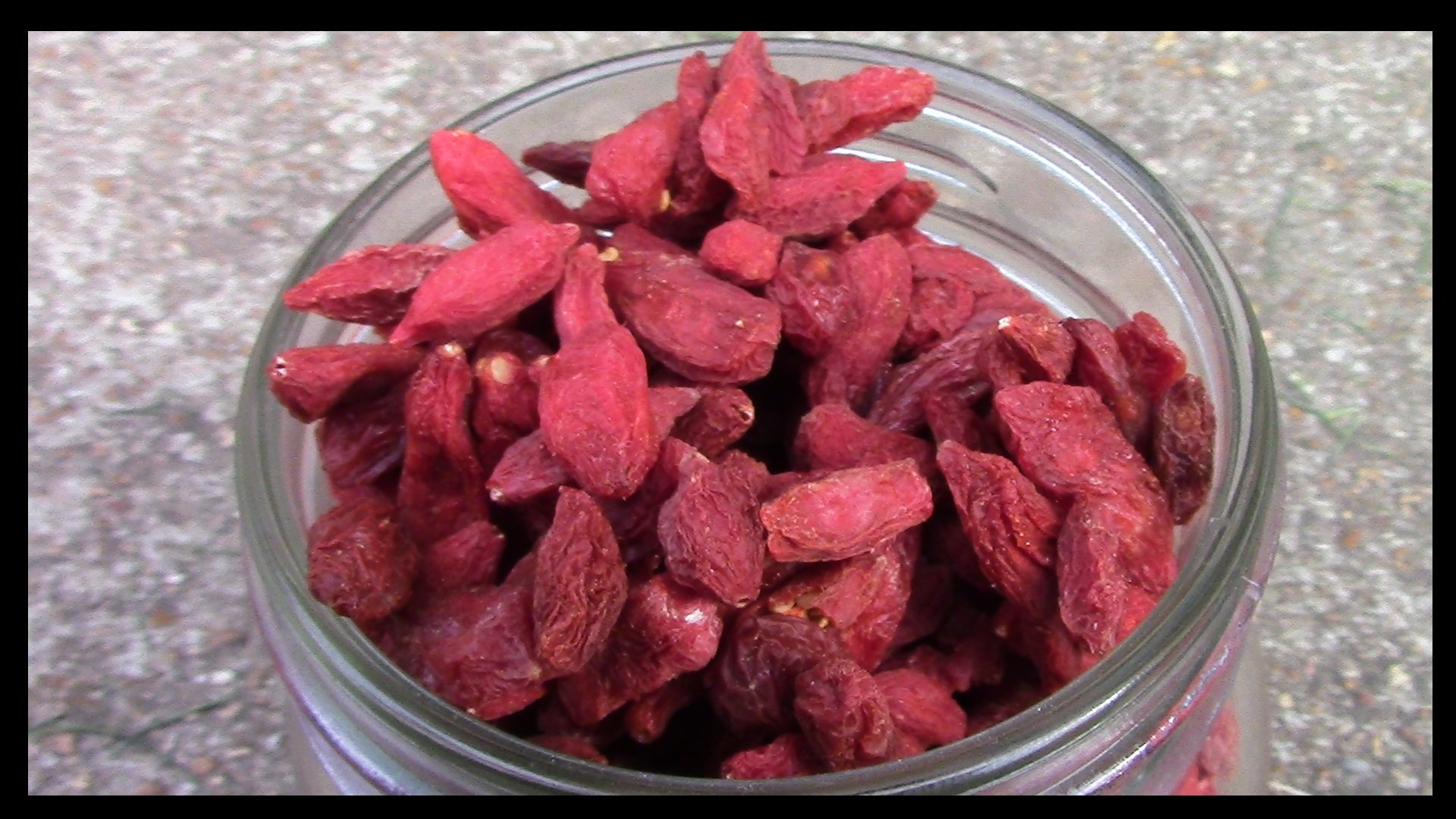
Goji Berries made a name for themselves some years back in the health food circles. These tasty, little berries have since been showing up everywhere and are commonly referred to as a superfood. I guess that name comes with a price tag, because here’s what they sell for at the local health food store.
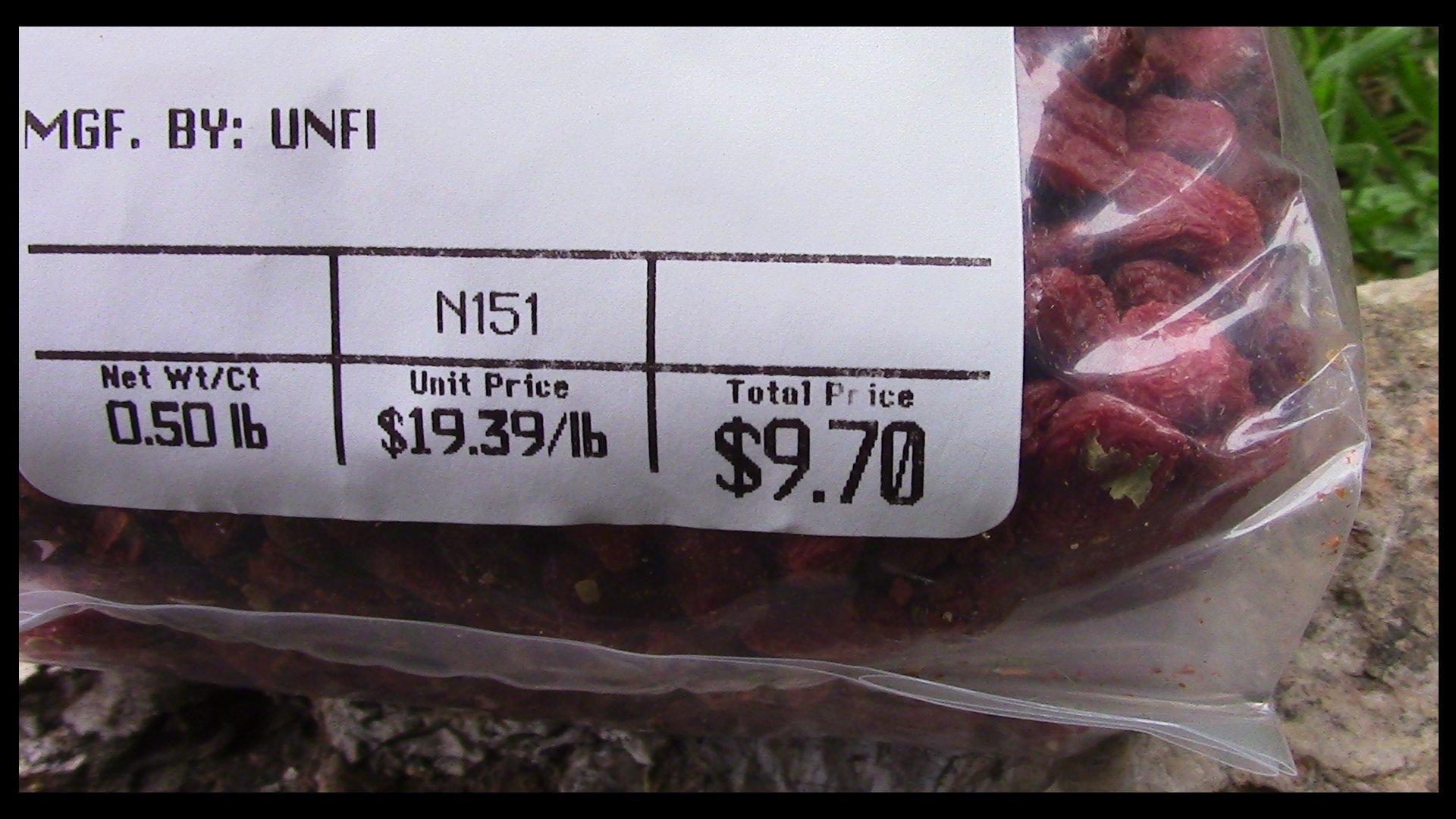
I’m all about having some tasty and nutritious food, but if I can cut out the middle man, I’m all for it. (Sorry Middleman.) Just looking at the bag or inside one of these tasty berries is enough to make you notice all the seeds.
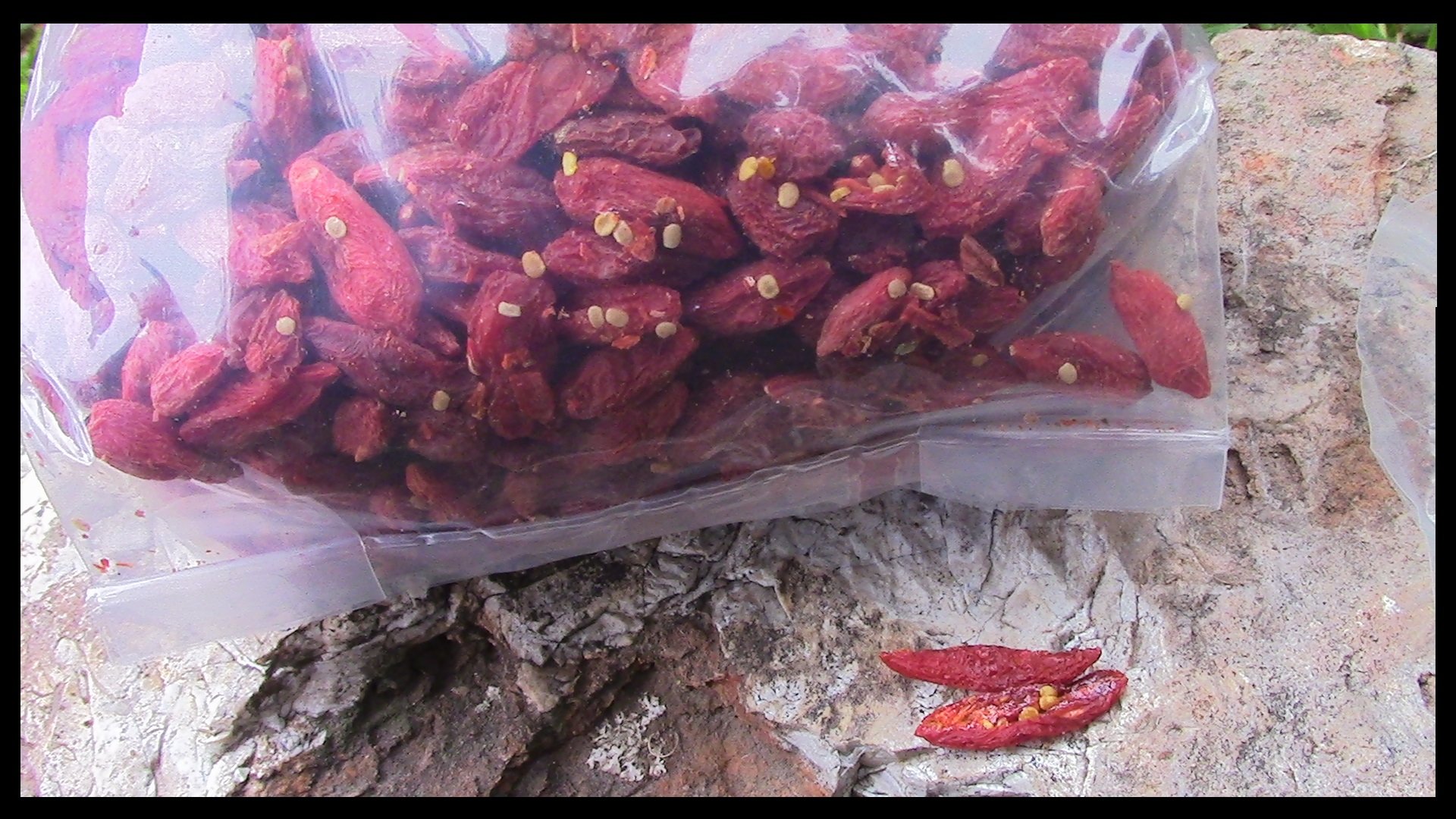
I know that SEEDS = PLANTS if you can get some into the soil, so I’m not too excited about paying $20 per pound. I guess @kepo777 knows how I feel, based on this post about growing Goji Berries. I give you props Ruben. Keep at it and reap a blessing off those plants.

So here’s our little Goji Berry Plants. They are certainly not as big as the ones @kepo777 is growing, but I haven’t been at it as long. The kids and I enjoyed the berries, and then enjoyed planting the seeds. Now we’re enjoying the plants, and hopefully, one day, we can enjoy our own berries.
DATES
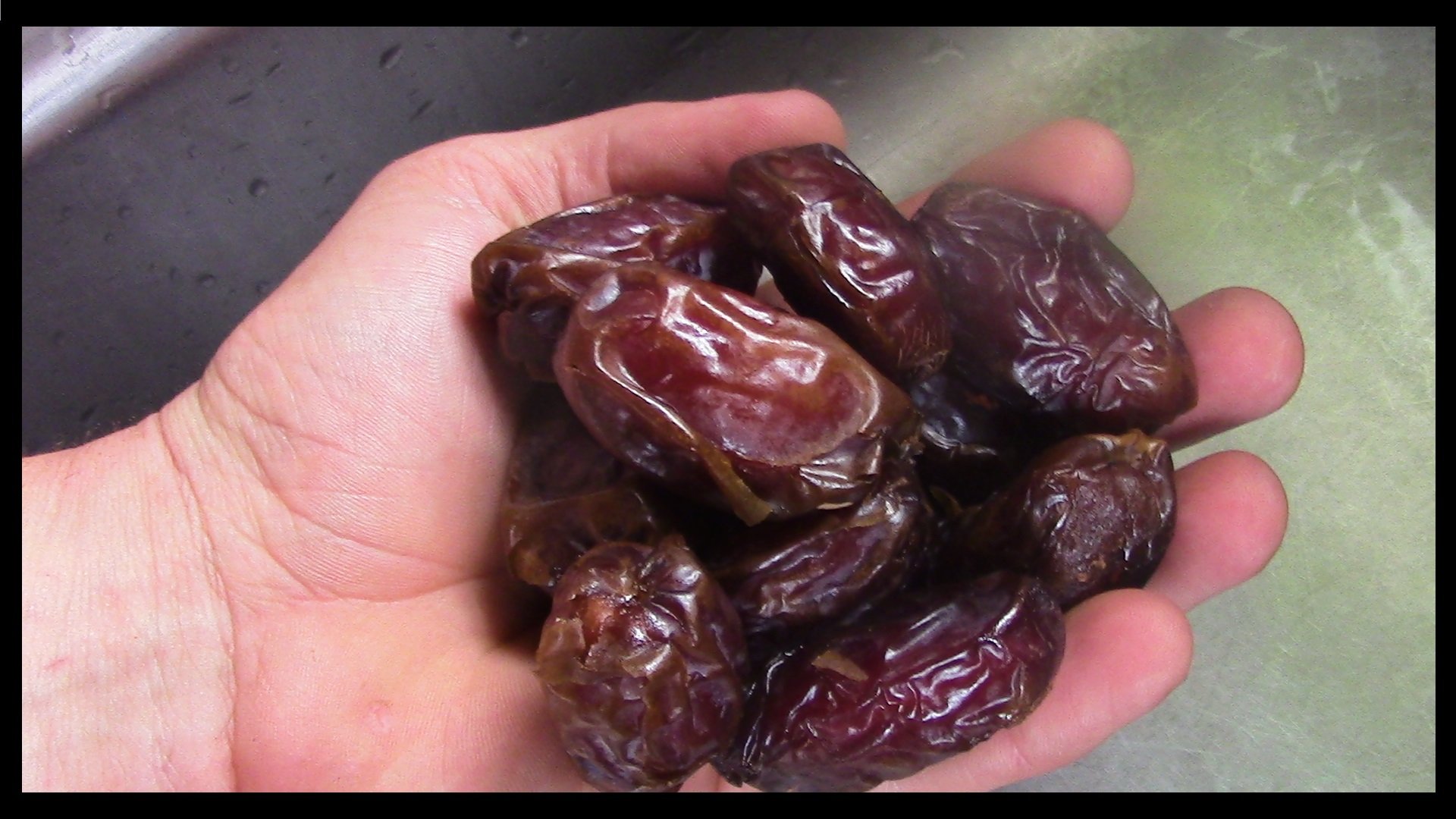
Dates are the delicious fruit from certain palm trees. I think this one was more of just a fun experiment, because it’ll take years for these seeds to grow into a date palm big enough to produce more dates, and they wouldn’t survive in our area. Still, the plants are growing.
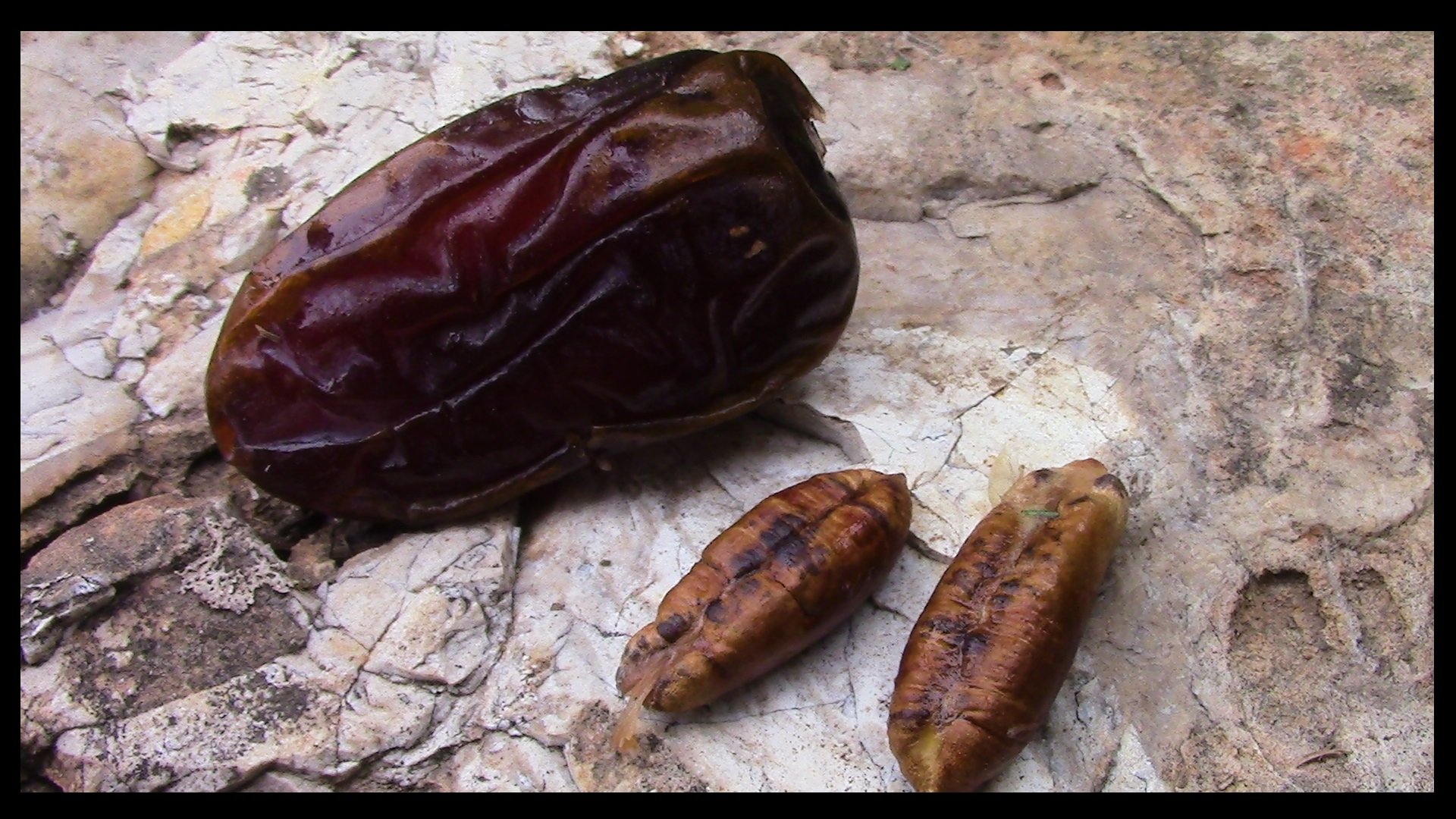
Inside each of the tasty fruits is a large seed, about an inch long. Being curious, we planted them. The kids really like finding seeds in our food and dreaming about making more.
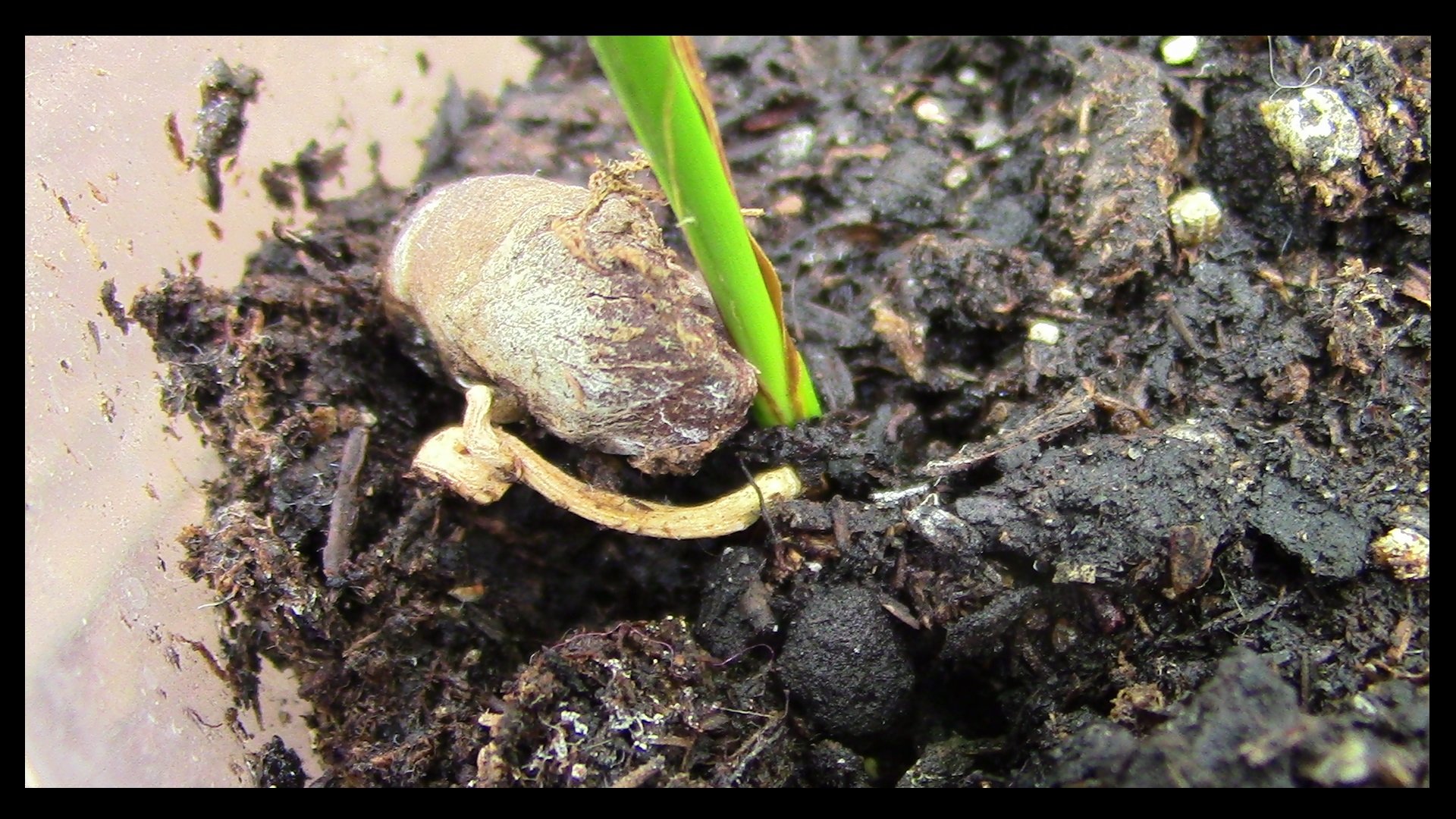
The little sprout will peek out the side of the seed and then dive deeper into the soil. Part of it will continue down making the root, and another part will shoot back up as a long green blade. Given enough time, it’ll turn into a small palm tree.

Here’s our little nursery of sprouting date palms. Since we’ve got some family in south Texas, perhaps we’ll plant them in the soil down there, and see if they don’t get a tree eventually, and maybe some free food.
CONCLUSION
Plant propagation by seed is a great way to end up eating for free. Many garden vegetables and local fruits can be grown from the leftovers of what you’re already eating. Who eats a whole apple core? I knew one lady that threw her moldy store-bought strawberries out the window and eventually ended up with a wonderful strawberry patch.
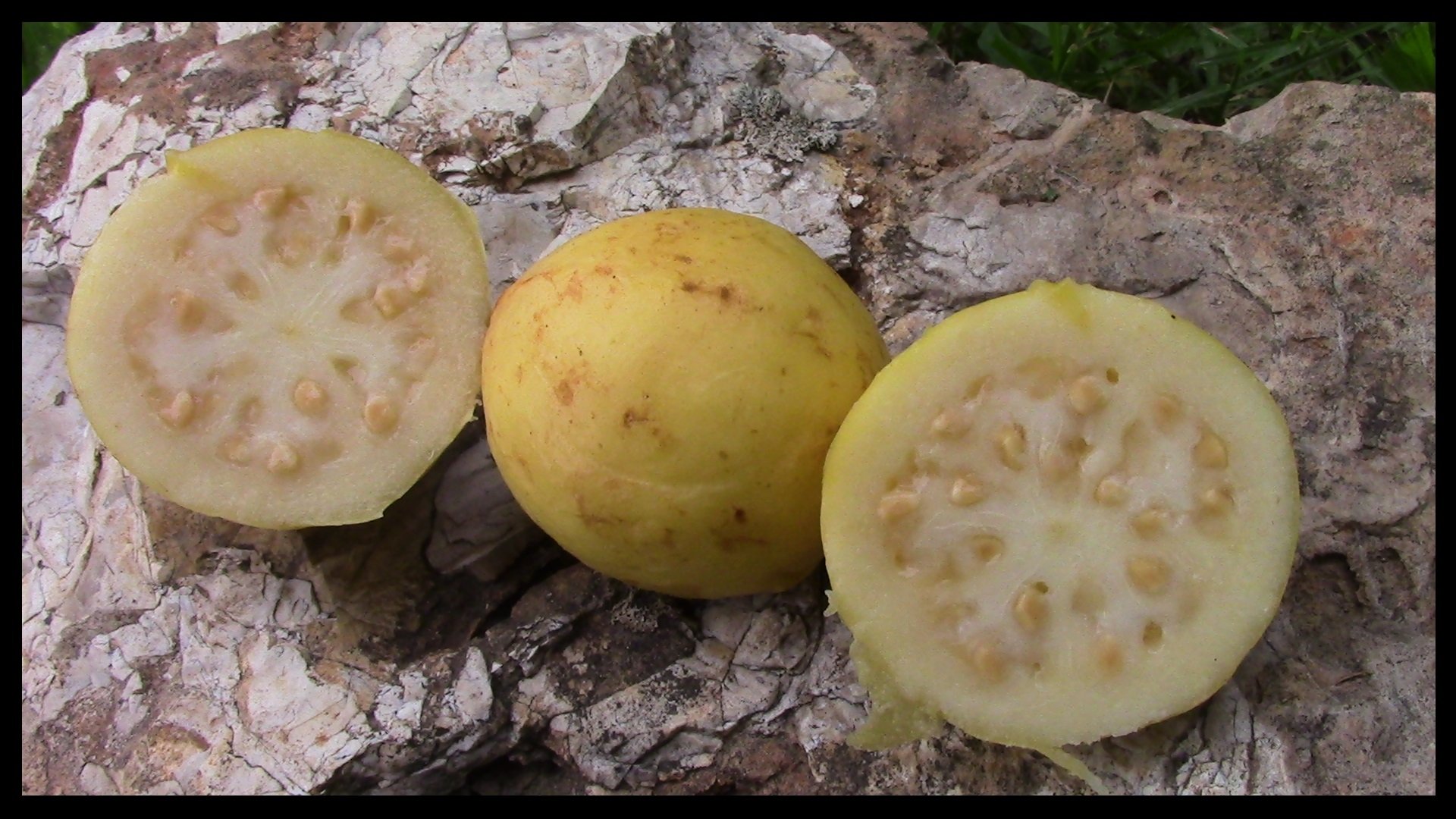
So, what’s next for us? I was thinking Guava. The real question is, ”What’s next for you?”
As @brownsgreens is saying, “just grow food”

